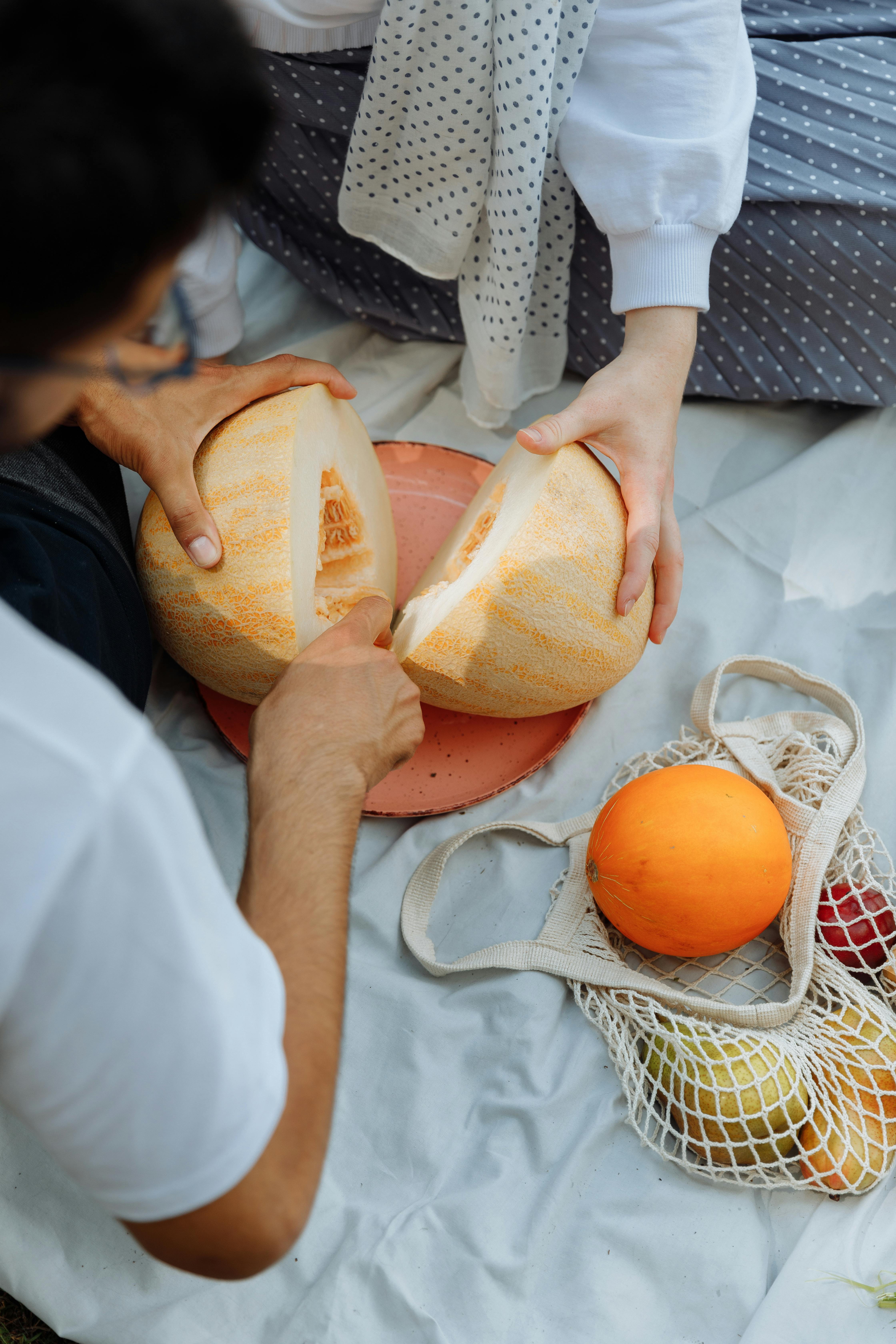
How to Properly Care for Poinsettias: Essential Tips for Stunning Blooms in 2025

Poinsettias are beloved holiday plants known for their vibrant color and festive presence. To ensure that these beautiful poinsettia blooms remain stunning through the seasons, proper care is essential. In this guide, we'll explore key aspects of poinsettia care, from watering and fertilizing to sunlight requirements and pest management, helping you achieve gorgeous blooms in 2025.
Poinsettia Sunlight Requirements
Understanding the poinsettia sunlight requirements is foundational for maintaining a healthy plant. These tropical plants thrive in bright, indirect light. Direct sun can scorch the leaves, leading to damage and reduced blooms. Aim for a location where they receive about six hours of indirect sunlight daily. If indoors, a south-facing window is ideal—just ensure they aren’t exposed to cold drafts or extreme temperature fluctuations.
Best Positioning for Poinsettias
The poinsettia positioning is crucial for optimizing light exposure. Placing your plant near a window with sheer curtains can filter harsh rays while allowing ample light. However, if you notice leaf discoloration or poinsettia leaf drop, it may indicate that your plant is either getting too much direct sunlight or too little overall. Regularly rotating the plant every few weeks can also promote even growth.
Signs of Healthy Poinsettias
Identifying signs of healthy poinsettias helps ensure you're on the right track with care. Look for deep green leaves, bright bracts, and new growth as indicators of vitality. Healthy poinsettias will maintain their vibrant color without leaf drop or wilting, giving you a visual cue of how they’re responding to their environment.
Poinsettia Watering Techniques
Touring around poinsettia watering is vital for keeping your plants flourishing. Poinsettias prefer their soil to be moist but not soggy. Overwatering can lead to root rot, while underwatering causes leaf drop. To maintain optimal moisture levels, check the soil regularly—water when the top inch feels dry to the touch.
Watering Frequency for Houseplants
For most households, watering frequency for houseplants can vary based on humidity and temperature. During the active growth period (spring and summer), you may find yourself watering every week, while sparingly watering in the late fall and winter when growth slows. Always use pots with drainage holes to prevent waterlogging.
Signs of Overwatering
Watch for signs of overwatering such as yellowing leaves or a droopy appearance. If you notice your poinsettia becoming leggy with excessive leaf drop, it may be drowning. Adjust your watering schedule accordingly by allowing the plant to dry out a bit more between watering sessions.
Poinsettia Soil Type and Potting Tips
Choosing the right poinsettia soil type is essential for healthy growth. A well-draining potting mix that retains some moisture but drains excess water efficiently is ideal. Look for a mix designed for houseplants that combines peat moss, pine bark, and perlite. This combination encourages root health and provides the necessary nutrients.
Repotting Poinsettias
Repotting poinsettias should be done every year in spring, just as new growth starts budding. This process involves gently removing the plant from its container, cleaning the roots, and placing it in fresh soil. Choose a pot that is only slightly larger than the previous one to encourage robust new growth without overwhelming the plant.
Poinsettia Potting Tips
When you're potting your poinsettia, ensure good drainage by adding clay balls or rocks at the bottom of the pot. This setup helps prevent water from sitting at the base, reducing the risk of root rot. Additionally, firm the soil lightly around the roots to provide stability.
Poinsettia Temperature Needs and Humidity Levels
Poinsettia temperature needs are essential for flourishing plants. Ideally, they'll thrive in temperatures between 65°F and 70°F during the day and should not be exposed to temperatures below 50°F at night. Protecting them from cold drafts and sudden temperature changes ensures healthy growth.
Poinsettia Humidity Levels
Maintaining optimal poinsettia humidity levels is also vital. Poinsettias prefer a relative humidity of 40% to 60%. This can be achieved by placing a humidifier nearby or grouping plants closely together to create a microclimate, which helps improve moisture retention.
Overwintering Poinsettias
Overwintering poinsettias involves special care when the weather turns colder. During winter, reduce watering frequency and keep your plant in a well-lit area. Consider placing it near other plants to benefit from their humidity release while protecting it from harsh temperature variances.
Maintaining Poinsettias and Common Issues
Caring for poinsettias also involves monitoring for common issues. Regular inspection can prevent problems caused by pests or diseases. Poinsettia pests like aphids and whiteflies can threaten your plant, so it’s critical to take prompt action for pest management. Regularly cleaning the leaves can help prevent infestations.
Common Poinsettia Diseases
A variety of diseases can affect poinsettias, with root rot being the most prevalent due to overwatering. Fungal issues can also arise in too humid environments, leading to mold growth. Keeping a close eye on the conditions and adjusting care accordingly can help combat these issues before they escalate.
Signs of Poinsettia Problems
A keen eye will allow you to spot issues like issues with wilting leaves or leaf discoloration causes, ensuring you act promptly. Early intervention can include altering water routines or enhancing airflow around the plants. Keeping your poinsettia healthy may mean adjusting its environment frequently.
Key Takeaways
- Provide bright, indirect light for at least six hours a day.
- Water when the top inch of soil is dry, ensuring proper drainage.
- Use a well-draining potting mix and repot annually in spring.
- Maintain temperatures between 65°F - 70°F and humidity levels of 40% - 60%.
- Be vigilant for pests and diseases, acting quickly when issues arise.
FAQ
1. What is the best fertilizer for poinsettias?
The best fertilizers for poinsettias are balanced, water-soluble fertilizers with equal parts nitrogen, phosphorus, and potassium (e.g., 20-20-20). Apply every month during the growing season to promote strong growth and vibrant blooms.
2. Can you propagate poinsettias?
Yes, propagating poinsettias is possible via cutting their stems during the active growing stage. Just be sure to use clean scissors, dip the cut ends in rooting hormone, and place them in a suitable potting mix until roots develop.
3. How do I know if my poinsettia needs to be repotted?
Signs that your poinsettia needs to be repotted include roots growing out of the drainage holes, a slow or stunted growth, and if you notice the plant becoming top-heavy. Repot them in spring for best results.
4. What humidity levels should I maintain for my poinsettia?
Poinsettias prefer humidity levels between 40% and 60%. Increasing humidity can be achieved through a humidifier or grouping similar plants together.
5. How do I deal with pests on my poinsettias?
For pest management, regularly inspect your plant for pests like aphids and spider mites. Use insecticidal soap or neem oil to treat infestations effectively while keeping outdoor access limited to avoid new pests.